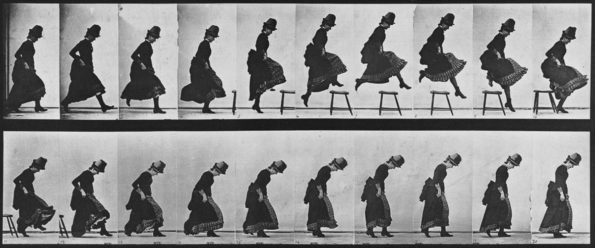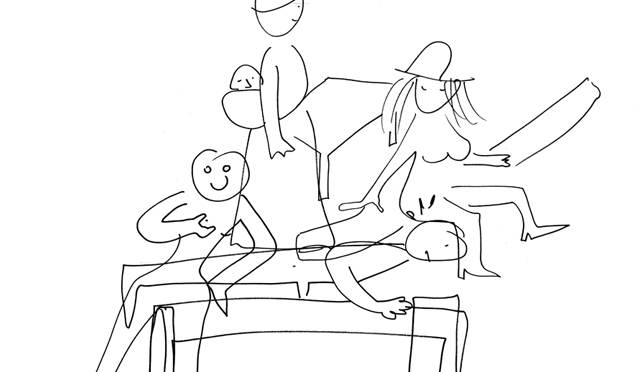Search
To search for an exact match, type the word or phrase you want in quotation marks.
A*DESK has been offering since 2002 contents about criticism and contemporary art. A*DESK has become consolidated thanks to all those who have believed in the project, all those who have followed us, debating, participating and collaborating. Many people have collaborated with A*DESK, and continue to do so. Their efforts, knowledge and belief in the project are what make it grow internationally. At A*DESK we have also generated work for over one hundred professionals in culture, from small collaborations with reviews and classes, to more prolonged and intense collaborations.
At A*DESK we believe in the need for free and universal access to culture and knowledge. We want to carry on being independent, remaining open to more ideas and opinions. If you believe in A*DESK, we need your backing to be able to continue. You can now participate in the project by supporting it. You can choose how much you want to contribute to the project.
You can decide how much you want to bring to the project.

It would appear as if contemporary art has for some time now incorporated choreography not only as an artistic practice, dedicating exhibitions to choreographers and theoreticians of dance like Yvonne Rainer or Xavier Le Roy, to mention just a few, but also as a theoretical corpus. Xavi Acarín examines this gradual introduction starting from certain museographical landmarks and brings us up to 2018, with the presentation of works by Merce Cunningham at the Mies van der Rohe Pavilion in Barcelona on occasion of the artist’s centenary and of the LOOP video-art fair. Sonia Fernández Pan also discusses this relationship between visual and performative arts from a personal angle, evoking her own projects and the artists with whom she has been able to work.
Also starting from her everyday experience, from what she can observe from her window and in her own neighbourhood, Claudia Pagès describes the movement of things and people, presenting a choreographic form of writing that tries to express movement in a written textual format that recalls speech. On the stage, in the theatre, El conde de Torrefiel company similarly tries to translate the movement of digital images, of numerical data and movable property including the spectator’s gaze in the equation. Virginia Lázaro Villa tells us all about it.
Perhaps the interest in movement and in how to convey it to a more or less static spectator is related to the acceleration of time (and of perceived time) described by Hartmut Rosa. To a certain extent it recalls the Italian Futurists and their obsession with speed as a reaction to the rapid industrialisation of the continent. In those days the machine and everything still to come were celebrated; today we are witnessing a recovery of the body and its potentialities. Choreography as the control of movement, muscles and slowness — the whole process, from A to Z. In the age of artificial intelligence that leaves ethics to one side, the age of monitoring electoral processes from a distance and the age of financialisation, the return to the body and to the control of movements (of individuals and collectives) appears reassuring. Could the art world be expressing a contemporary anxiety?

A*DESK is a critical platform focused on publishing, training, experimentation, communication and dissemination in relation to contemporary culture and art, which is defined by transversality. The starting point is contemporary art, because that is where we come from and this awareness allows us to go much further, to incorporate other disciplines and forms of thought in order debate issues that are relevant and urgent for understanding our present.
"A desk is a dangerous place from which to watch the world" (John Le Carré)